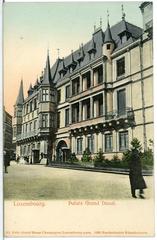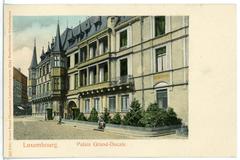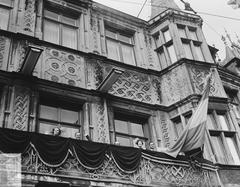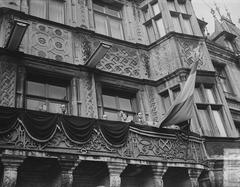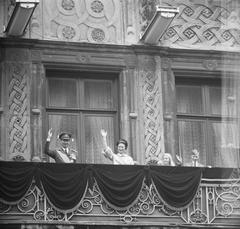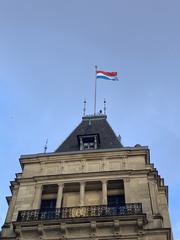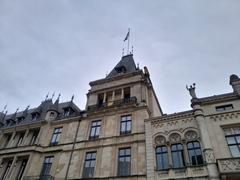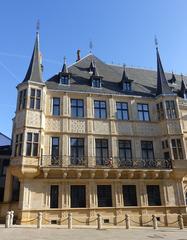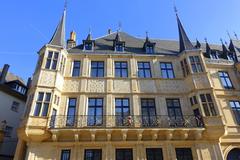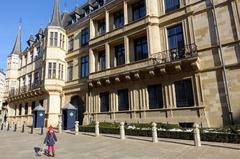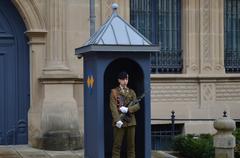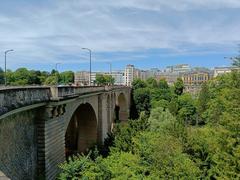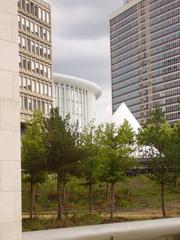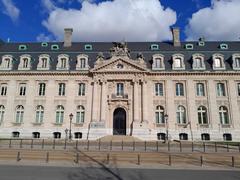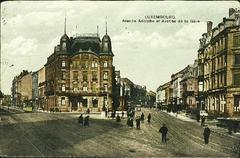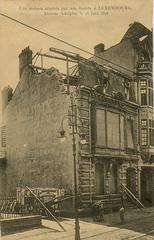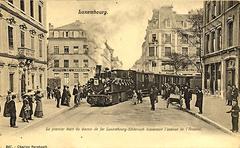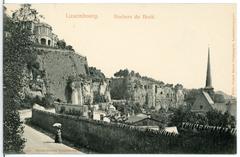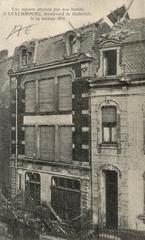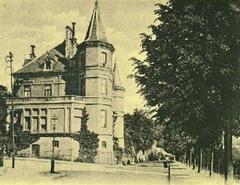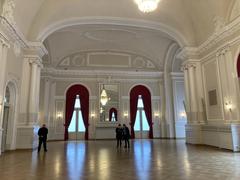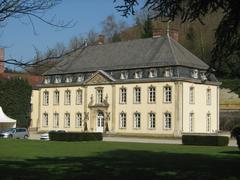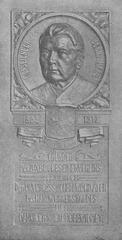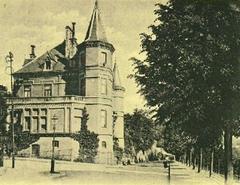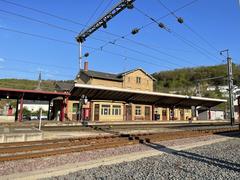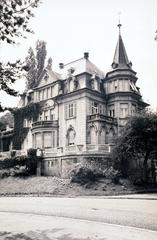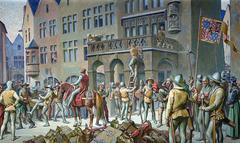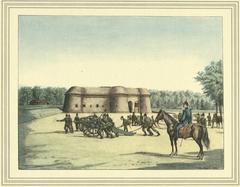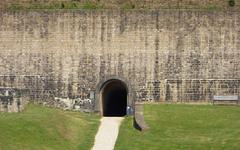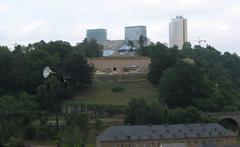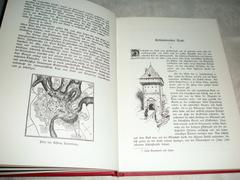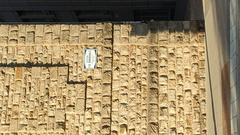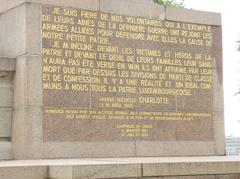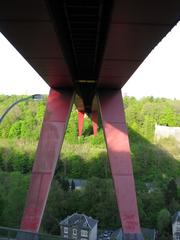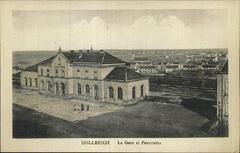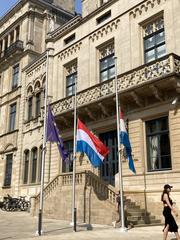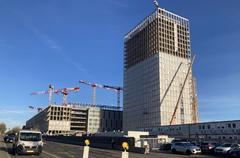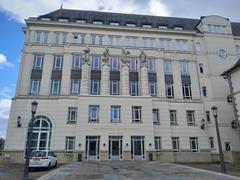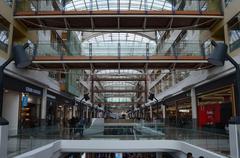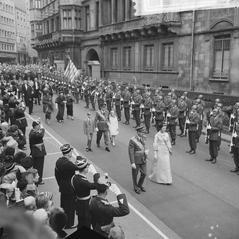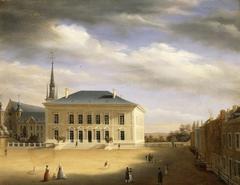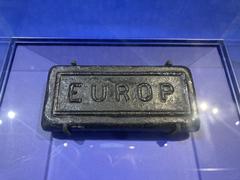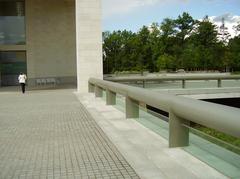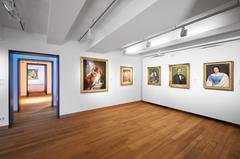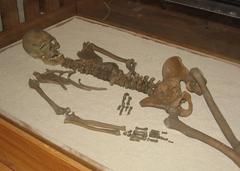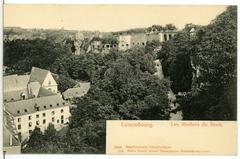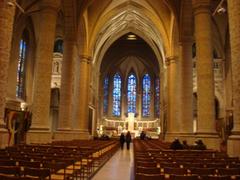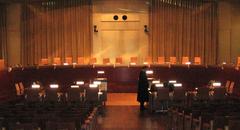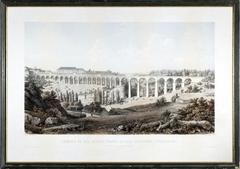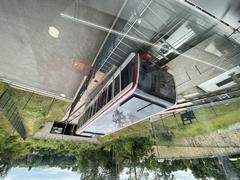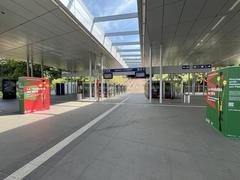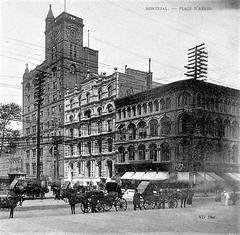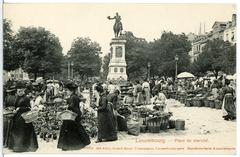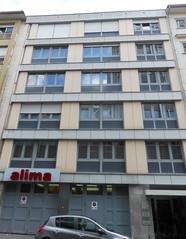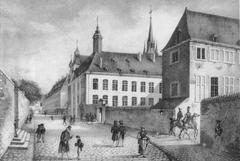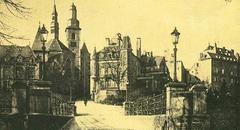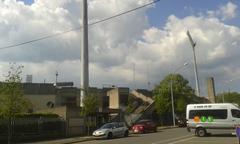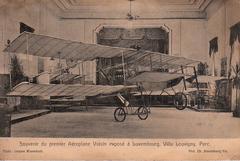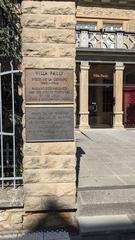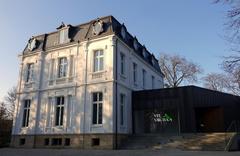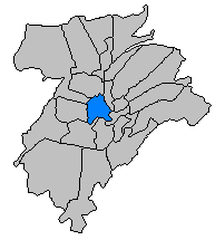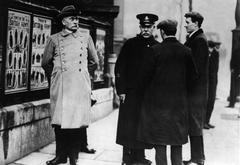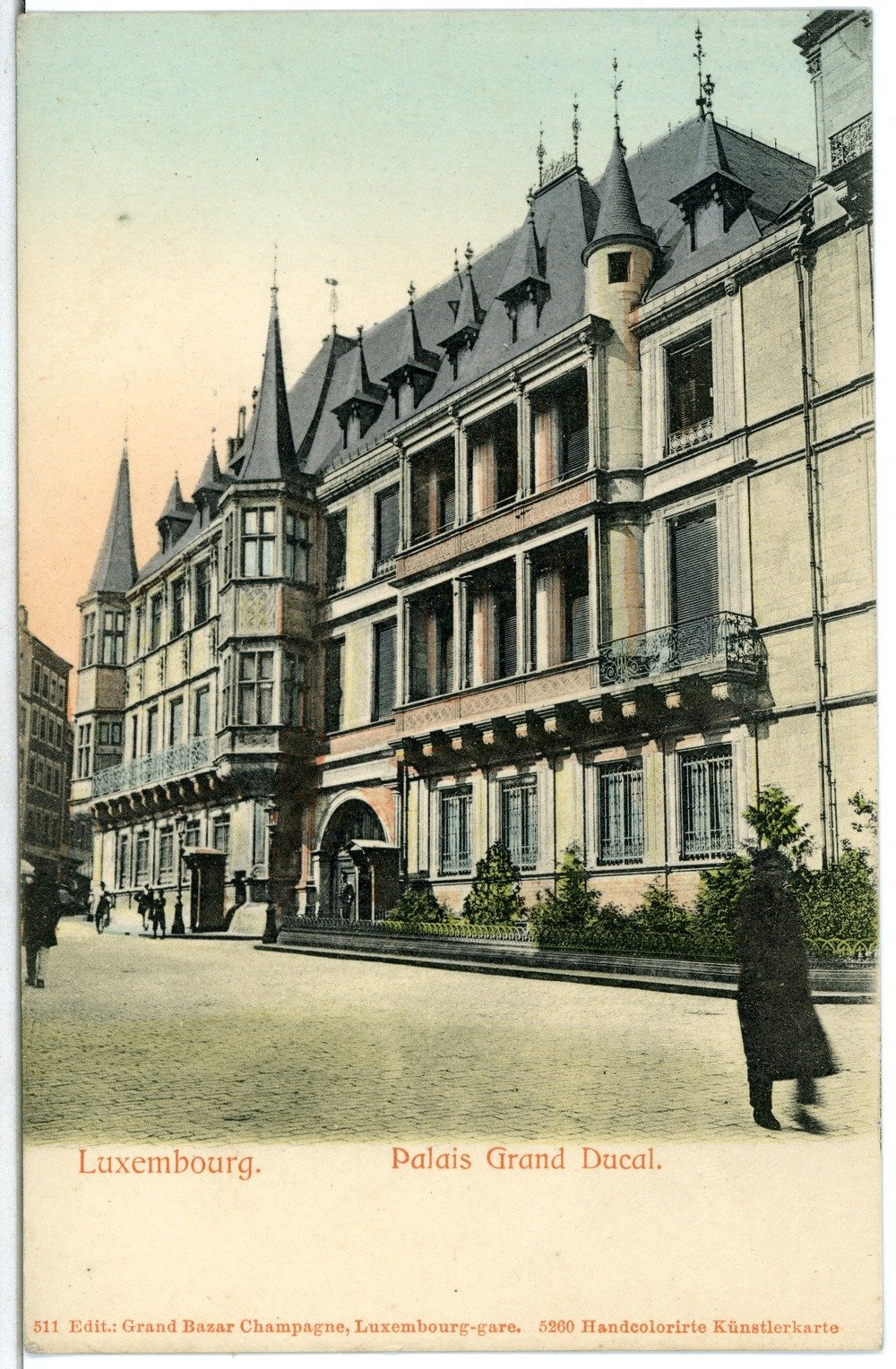
Grand Ducal Palace Luxembourg City: Visiting Hours, Tickets, and Historical Sites Guide
Date: 14/06/2025
Introduction
The Grand Ducal Palace in Luxembourg City is a striking symbol of national sovereignty, rich in history, and a masterpiece of architectural heritage. Originally built in 1572 as the city hall, it has evolved through centuries—from a Renaissance administrative center to the official residence of the Grand Duke since 1890. This transformation reflects Luxembourg’s unique geopolitical and cultural journey at the crossroads of Europe. Today, the palace is not only the Grand Duke’s working residence but also hosts significant state ceremonies and diplomatic events.
Open to visitors exclusively during the summer, the Grand Ducal Palace offers guided tours that unveil its remarkable history, architectural splendor, and ongoing political importance. Centrally located in Luxembourg’s UNESCO-listed old town, it is a must-see for anyone wishing to immerse themselves in the city’s vibrant history and nearby attractions.
For the latest information on visiting hours and tickets, consult the Luxembourg City Tourist Office or the official Grand Ducal Court website.
Table of Contents
- Historical Overview
- Political and Cultural Significance
- Essential Visitor Information
- Nearby Attractions
- Annual Events
- Frequently Asked Questions (FAQ)
- Notable Facts and Figures
- Visuals and Media
- Explore More Luxembourg Attractions
- Conclusion
Historical Overview
Origins and Early History
The Grand Ducal Palace traces its origins to 1572, when it was constructed as Luxembourg City’s town hall, replacing an earlier building destroyed in a gunpowder explosion. The new Renaissance-style edifice became the city’s administrative hub and played a central role in civic life during Spanish and later Austrian rule (Visit Luxembourg).
Over the 18th and 19th centuries, the building underwent several modifications, blending Renaissance and Baroque influences. Its location at Place Guillaume II underscored its importance in Luxembourg’s political landscape.
Transformation into the Grand Ducal Residence
After the Congress of Vienna in 1815, Luxembourg became a Grand Duchy in personal union with the Dutch crown. In 1817, the building was designated as the governor’s residence. Following the dissolution of the union with the Netherlands in 1890, the House of Nassau-Weilburg ascended to the throne, and Grand Duke Adolphe made the palace his official residence. Extensive renovations between 1883 and 1886, led by Gédéon Bordiau and Charles Arendt, adapted the building to its ceremonial functions and added the Chamber of Deputies wing (Luxembourg Government).
Architectural Evolution and Restoration
The Grand Ducal Palace is celebrated for its harmonious blend of Renaissance, Baroque, and 19th-century styles. The façade features elaborate stonework, arched windows, and decorative turrets, while the interiors boast grand staircases, ornate ceilings, and period furnishings.
During World War II, the palace was repurposed as a concert hall for German troops and suffered considerable damage. Post-war, significant restoration returned the palace to its former glory. A major renovation between 1991 and 1996 modernized infrastructure while preserving historical details (Luxembourg City Tourist Office).
Political and Cultural Significance
The Grand Ducal Palace is the official residence and working headquarters of the Grand Duke, serving as the venue for state ceremonies, diplomatic receptions, and the signing of laws. It embodies Luxembourg’s sovereignty and national identity, hosting events that reinforce the country’s continuity and resilience (Monarchie.lu).
Beyond politics, the palace stands as a cultural landmark, reflecting the Luxembourgish people’s commitment to preserving their heritage. The daily changing of the guard is a popular public ceremony, symbolizing the enduring relevance of the monarchy.
Essential Visitor Information
Visiting Hours and Tickets
The palace is open for guided tours only during the summer, typically from mid-July to early September. Guided tours are offered daily, except Mondays. Exact dates and times are published annually on the official palace website and the Luxembourg City Tourist Office.
Tickets:
- Purchase online or at the Luxembourg City Tourist Office.
- Prices: Adults €18, children (4–12) €9, under 4 free.
- A portion of proceeds supports the “Fondation du Grand-Duc et de la Grande-Duchesse.”
- Early booking is highly recommended.
Guided Tours and Accessibility
- Tour Duration: Approximately 75 minutes.
- Languages: Luxembourgish, French, English, and German.
- Security: Visitors undergo security checks; large bags are not permitted.
- Photography: Not allowed inside.
- Accessibility: The palace is fully accessible, with ramps, lifts, adapted toilets, and facilities for visitors with disabilities. Advance notice is recommended for special needs (delano.lu).
How to Get There
Located at 17 Rue du Marché-aux-Herbes in the Ville Haute district, the palace is easily accessible by foot, public transport, or bicycle. Parking is limited in the old town. The palace is within walking distance of major attractions such as Notre-Dame Cathedral and Place Guillaume II (trek.zone).
Visitor Guidelines and Tips
- Book your tickets in advance—tours fill up quickly.
- Arrive early to exchange online tickets and complete security.
- Dress respectfully due to the palace’s official function.
- Combine your visit with other landmarks nearby for a full day’s itinerary.
- Check for special events, such as the changing of the guard or summer light shows (luxtoday.lu).
Nearby Attractions
The palace’s central location makes it an ideal starting point for exploring the city. Notable nearby sites include:
- Notre-Dame Cathedral
- National Museum of History and Art
- Bock Casemates
- Place Guillaume II
(UNESCO World Heritage)
Annual Events
The palace features prominently in Luxembourg’s National Day (June 23), with the Grand Duke addressing the public from the balcony. The changing of the guard and other ceremonial events occur throughout the open season, offering unique photo opportunities and cultural experiences (thewanderingworld.com).
Notable Facts and Figures
- Original Construction: 1572
- Official Residence Since: 1890
- Major Restorations: 1883–86, 1991–96, post-WWII
- Location: 17 Rue du Marché-aux-Herbes, Luxembourg City
- Tour Season: Mid-July to early September
- Tour Duration: 75 minutes
Visuals and Media
For visual inspiration and to enhance your planning, browse high-quality images and virtual tours on the official palace website and the Luxembourg City Tourist Office site.
- Alt text suggestions: “Grand Ducal Palace façade in Luxembourg City”, “State rooms inside the Grand Ducal Palace”, “Changing of the guard ceremony at the Grand Ducal Palace”.
Explore More Luxembourg Attractions
Expand your itinerary to include:
- Luxembourg City History Museum
- Casemates du Bock
- Philharmonie Luxembourg
See our Luxembourg travel guide for detailed recommendations.
Frequently Asked Questions (FAQ)
Q: What are the Grand Ducal Palace visiting hours?
A: Guided tours are available mid-July to early September, daily except Mondays. Exact hours are published annually.
Q: How do I buy tickets?
A: Purchase online or at the Luxembourg City Tourist Office. Online tickets must be exchanged in person before the tour.
Q: Are guided tours available in English?
A: Yes, tours are offered in Luxembourgish, French, English, and German.
Q: Is the palace accessible for visitors with reduced mobility?
A: Yes, the palace is fully accessible, but advance notice is recommended for special needs.
Q: Is photography allowed inside?
A: No, interior photography is not permitted.
Q: Can I see the changing of the guard?
A: Yes, the ceremony takes place outside the palace and is open to the public.
Summary and Recommendations
Visiting the Grand Ducal Palace offers a unique journey into Luxembourg’s national identity, history, and culture. The palace’s blend of Renaissance and Baroque architecture, richly decorated interiors, and vital political role make it a highlight for any visitor. With guided tours available during the summer months, booking in advance and planning your visit around local events ensures a memorable experience. For accessibility, ticketing, and the latest updates, consult the Luxembourg City Tourist Office and the official palace website.
To enhance your visit, download the Audiala app for audio tours and updates, and follow our channels for cultural news and special events.
References
- Luxembourg City Tourist Office: Grand Ducal Palace
- Official Grand Ducal Court Website
- Discover Walks: Top 10 Remarkable Facts About Grand Ducal Palace
- Wikipedia: Grand Ducal Palace, Luxembourg
- LuxTimes Guide: Architectural Icons
- Luxtoday: 25 Years on the Throne
- Visit Luxembourg: Palace of the Grand Dukes
- tripjive.com: Explore the Grand Ducal Palace
- delano.lu: Visit Grand Ducal Palace
- trek.zone: Grand Ducal Palace, Luxembourg
- luxembourgtrip.com: Explore the Grand Ducal Palace
- thewanderingworld.com: 15 Best Places to Visit in Luxembourg
- expatstraveltogether.com: Grand Ducal Palace
